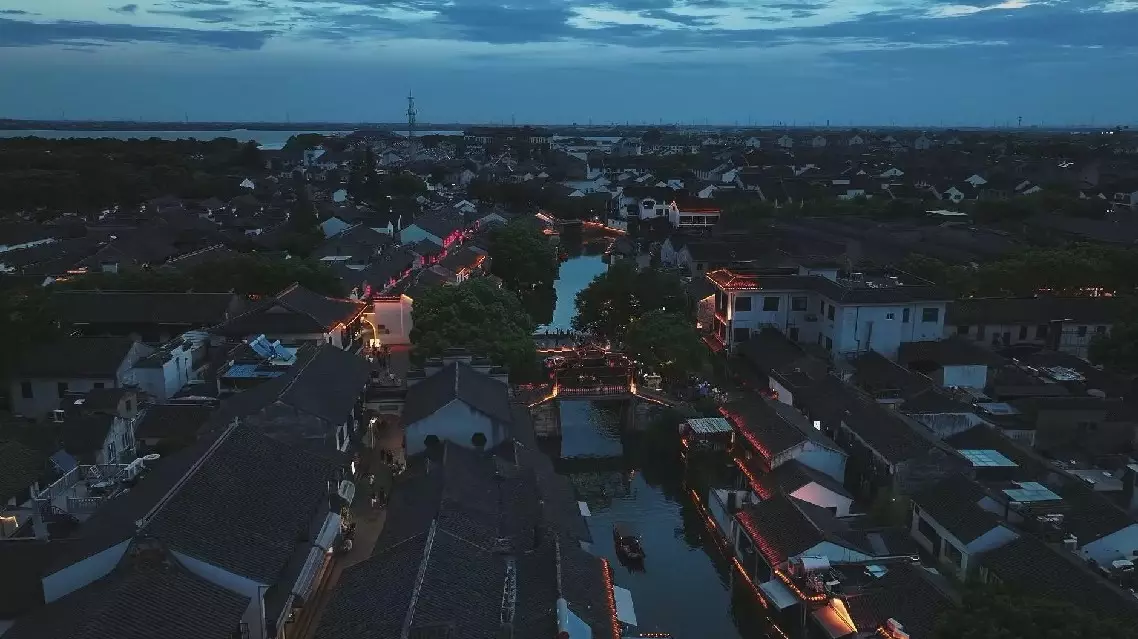China National Offshore Oil Corporation (CNOOC) announced that its Bozhong 19-6 condensing gas field in the Bohai Sea has produced over one billion cubic meters of natural gas, largely meeting the gas needs of the Beijing-Tianjin-Hebei region and the Bohai Rim region.
The project is located in the central Bohai Sea with an average water depth of about 20 meters. It is the first large-scale and fully developed gas field with over 100 billion cubic meters of reserves in East China.
The company followed a phased development approach, launching the pilot project in October 2020 and the Phase I project in November 2023.
“Currently, the field has a daily peak natural gas production capacity of 2.4 million cubic meters, demonstrating the great potential of deep offshore oil and gas reserves. It is also of crucial and practical significance for the safe and efficient development of future gas projects,” said Jiang An, general manager of a production company at the Tianjin branch of the China National Offshore Oil Corporation (CNOOC).
The field’s proven geological reserves of natural gas amount to over 200 billion cubic meters and of crude oil to over two million cubic meters.
A total of six offshore oil and gas platforms were built in the field.
“At present, the development of the Bozhong 19-6 condensate gas field has entered a critical stage of increasing production. With a deeper understanding of the reservoir distribution pattern and geological characteristics, the field is now starting its Phase II project – a move that will pave the way for the large-scale development of the super-deep oil and gas resources in the Bohai Sea region,” said Zhang Chunsheng, deputy general manager of CNOOC’s Tianjin branch.

China’s gas field in the Bohai Sea produces over one billion cubic meters of natural gas
As a relaxed lifestyle and intense experiences become more popular, more and more Chinese travelers are choosing to visit ancient cities with their rich cultural heritage during their summer holidays.
The 600-year-old ancient city of Heshun in southwest China’s Yunnan Province has become a popular destination for curious tourists who want to learn about its flourishing culture.
Heshun Library, one of China’s oldest village libraries, continues to attract hordes of visitors. Founded in 1928, the village library has an extensive collection of more than 130,000 books and has issued over 3,000 library cards, covering half of Heshun’s population.
China’s smallest paper factory in the old town also shows the charm of old papermaking by introducing visitors to the craft.
In addition, Heshun farmers’ markets have become a new tourist attraction. Special and unique dishes paired with fresh vegetables have successfully captured the taste buds of everyone who has come specifically for these markets.
“This narrow street has a bustling atmosphere. Here you can find food prepared by locals. We came here specifically to learn about local customs. Many vegetables and mushrooms are unknown to us in our hometown,” said one tourist.
Elsewhere, the ancient city of Tongli in east China’s Jiangsu province has organized a series of folk activities and introduced night tours to bring the historical buildings and relics to life.
Tongli is a picturesque water town on the eastern shore of Lake Taihu with a history spanning over 1,000 years. Built in the 1880s, the Tuisi Garden (Garden of Contemplation and Reflection), a UNESCO World Heritage Site, is the town’s most famous attraction.
“At first glance, I was fascinated by the light and shadow on the wall. All my dream scenes of the water town in ‘Jiangnan’ (south of the Yangtze River) were projected onto the wall. The design is very ingenious,” said one tourist.
Data showed that the ancient city received more than a million tourists during the summer holidays, with the average number of tourists being about 18,000 daily.
Wang Jinwei, a professor at the School of Tourism Studies at Beijing International Studies University, said that by exploring historical architecture, learning about intangible cultural heritage and participating in a wide range of activities, one can develop a better understanding of local culture and the special charm of the ancient city.
“The attraction of ancient cities to tourists lies in the opportunities they offer to explore natural landscapes and historical heritage. Tourists can not only immerse themselves in the local historical and cultural atmosphere, but also deepen their understanding of the history and culture of ancient cities by tasting authentic local cuisine and participating in leisure activities, thus promoting a diverse sense of spiritual fulfillment,” Wang explained.

Ancient cities popular with Chinese travelers

